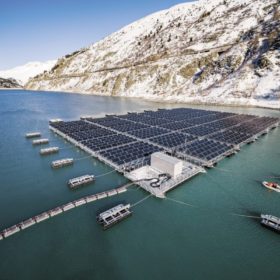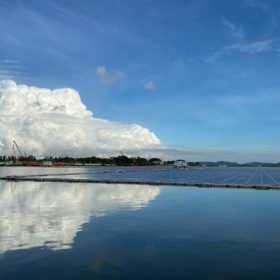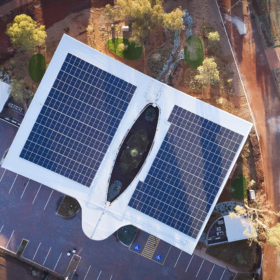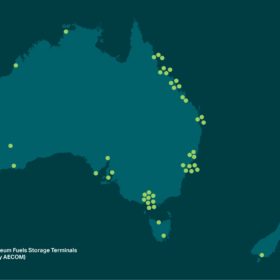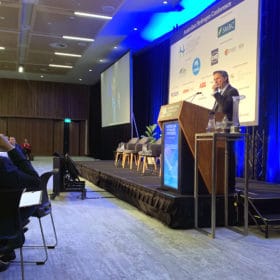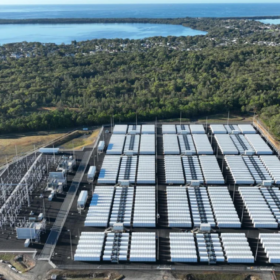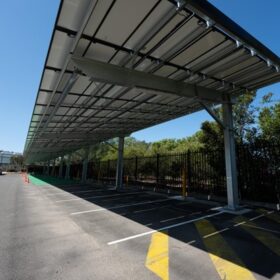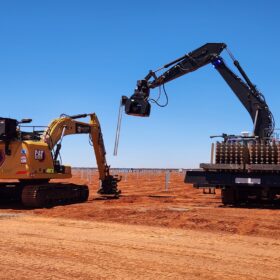Saturday read: Floating up to standard
Floating PV is a growing market, especially in Asian countries with land pressures. However, like many promising niches, it is growing faster than the standards surrounding it. With installed floating PV capacity set to double in 2021, a raft of various and sometimes competing standards are being floated, but the question remains – what is truly the best way forward?
Grid connection is key culprit as investor confidence wanes
Ongoing grid connection issues and concerns about Australia’s unpredictable regulatory and policy environment have been identified as the key culprits with a new report revealing investor confidence in the nation’s renewable energy sector has slumped to a five-year low.
Transforming lives through solar mini-grids
Smart Power India (SPI), a subsidiary of US-based impact investor Rockefeller Foundation, has supported the setting up of more than 300 renewable energy mini-grids cumulating to 9.2 MW of capacity across Bihar, Uttar Pradesh, and Jharkhand, the largest such cluster in India. Jaideep Mukherjee, chief executive officer at SPI, spoke to pv magazine about the role of mini-grids in rural upliftment and the barriers to overcome.
Q Cells, Samsung sign ‘zero energy home’ partnership
Q Cells and Samsung have agreed to combine their hardware and software platforms to develop ‘zero energy homes,’ with on-site energy production and use.
Singapore’s 60 MW floating PV array up and running
There’s talking the talk, there’s walking the walk, and then there’s walking the walk on water. Earlier this year at US President Joe Biden’s Virtual Leaders Summit on Climate, Singaporean Prime Minister Lee Hsien Loong said the city-state would need to “innovate and use technology extensively” to overcome its resource scarcity. With one of the world’s largest floating PV arrays now in operation, it seems as if Singapore is floating in the right direction.
Series of ‘flagship’ projects deploying promising new hydrogen technology backed by Japanese heavyweight
Japanese giant Marubeni Corporation is backing Providence Asset Group’s plan for 30 regional projects which will integrate LAVO’s ‘green hydrogen batteries’, a new technology developed at the University of New South Wales.
Victorian government funds Indigenous groups $1.1 million to determine communities’ renewable projects
The Victorian government has allocated $1.1 million in funding to Indigenous groups to determine how they want to be part of Victoria’s renewable energy boom. Fortescue has likewise awarded $350 million to a majority-owned Aboriginal business in Western Australia, its single largest contract under its Billion Opportunities program.
Overlooked sites ideal for burgeoning renewable industries identified by AECOM
Global infrastructure developer AECOM has run analysis on every petroleum fuel refinery and storage & import terminal in Australia and New Zealand as a novel means of locating sites well suited to future renewable development and hydrogen industries. “Some sites that were really suited to a wide range of end uses and those were our so-called ‘unicorn sites,’” AECOM’s Craig Bearsley told pv magazine Australia.
CSIRO allocated $5 million for hydrogen research program
The federal government has awarded $5 million to the CSIRO to deliver a hydrogen research, development and demonstration program aimed at strengthening hydrogen knowledge both domestically and in cooperation with our international partners.
Q Cells, Samsung sign ‘zero energy home’ partnership
Q Cells and Samsung have agreed to combine their hardware and software platforms to develop ‘zero energy homes,’ with on-site energy production and use.
